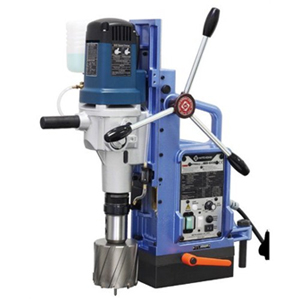Schedule a Call Back
The Green Manufacturing Revolution
 Articles
Articles- Feb 07,25

- Encourage skill development by teaching employees how to adjust to green practices and technologies.
- Tighten Regulations: Implement strict environmental guidelines and offer rewards for adherence.
- Promote Public-Private partnerships: Use pooled resources and knowledge to expand environmentally friendly operations.
Related Stories

Ingersoll Rand aims to double India business in the next 5 years: Sunil Khanduja
In this interview, Sunil Khanduja, MD, Ingersoll Rand India, emphasises that the company is committed to India while supporting the country’s green and digital industrial transformation.
Read more
From oil & gas to hydrogen: The next big opportunity for Indian pipeline sector
India’s pipeline sector is on the brink of a historic transformation as it evolves from supporting oil and gas to becoming the backbone of the hydrogen economy, says Nikhil Mansukhani, MD, Man Ind..
Read more
The human-machine symbiosis: Why Industry 5.0 is the future of manufacturing
Industry 5.0 marks a shift from pure automation to human-machine collaboration. Dijam Panigrahi, Co-founder and COO, GridRaster Inc, explains how technologies like robot rentals, cobots, AR/VR, and ..
Read moreRelated Products

Energy Logger
Weidmuller Electronics India Pvt Ltd offers a wide range of energy logger.


Air Cooled Heat Exchanger
Thermal Energy Systems offers a wide range of air cooled
heat exchanger.















